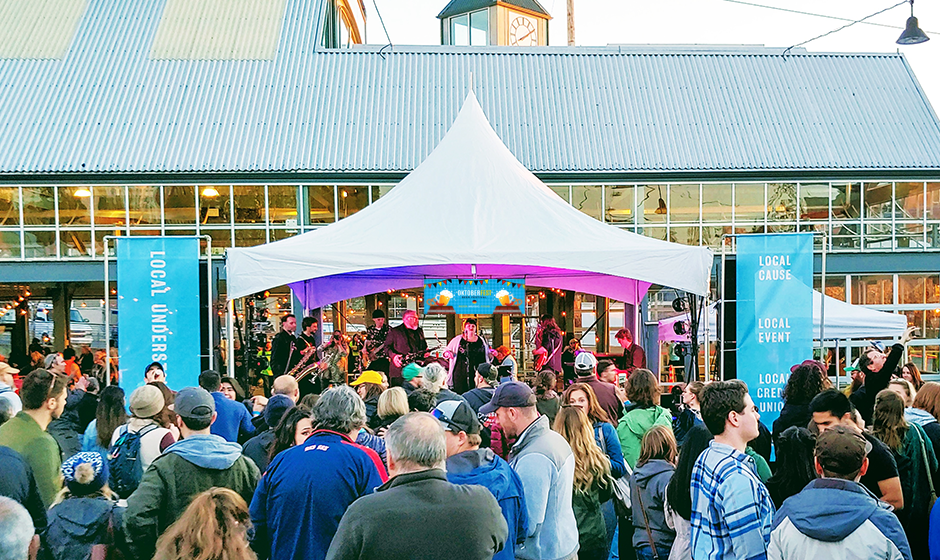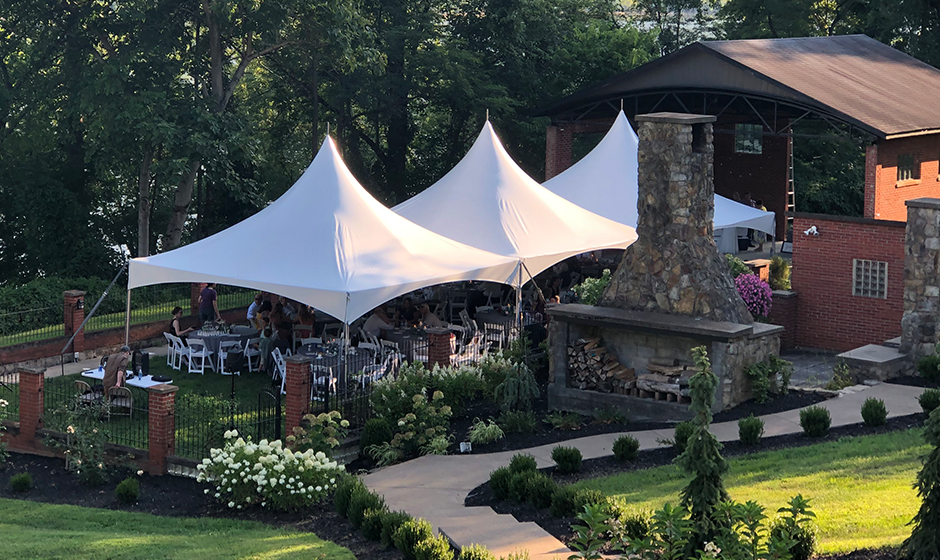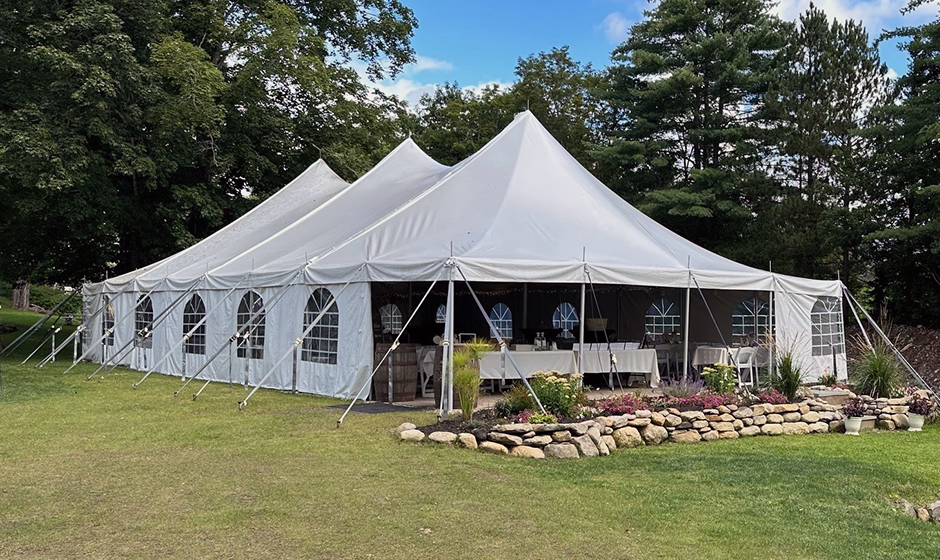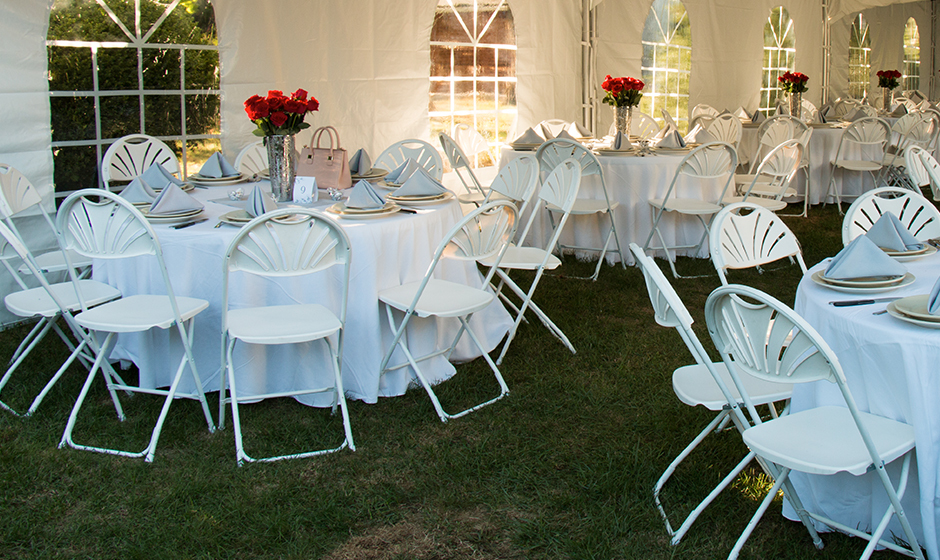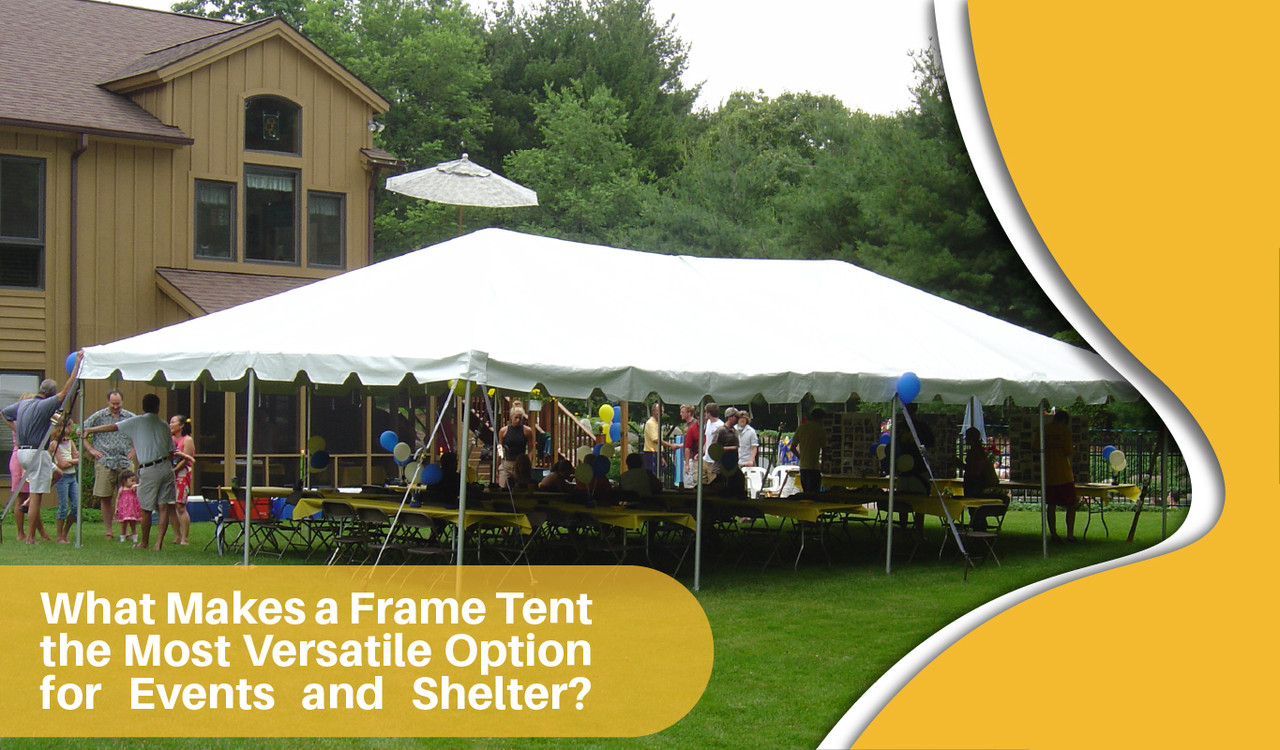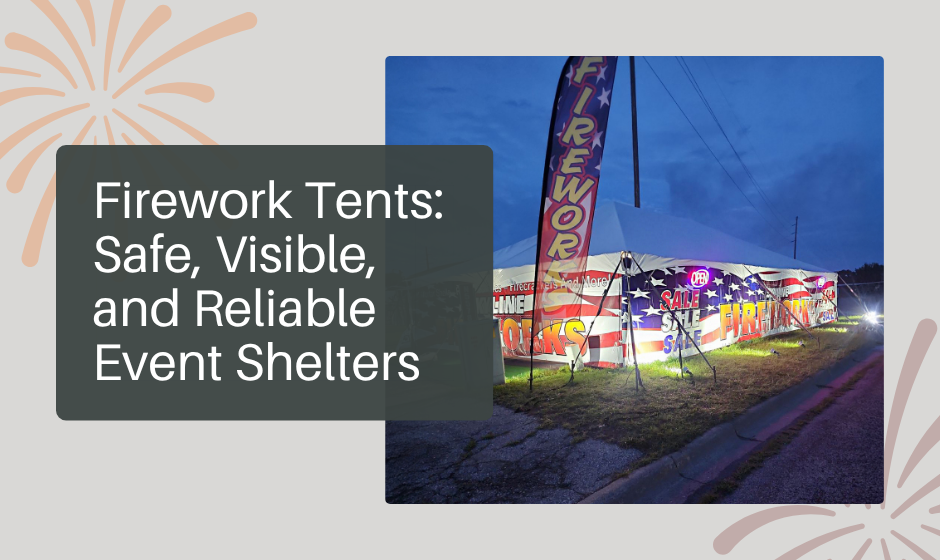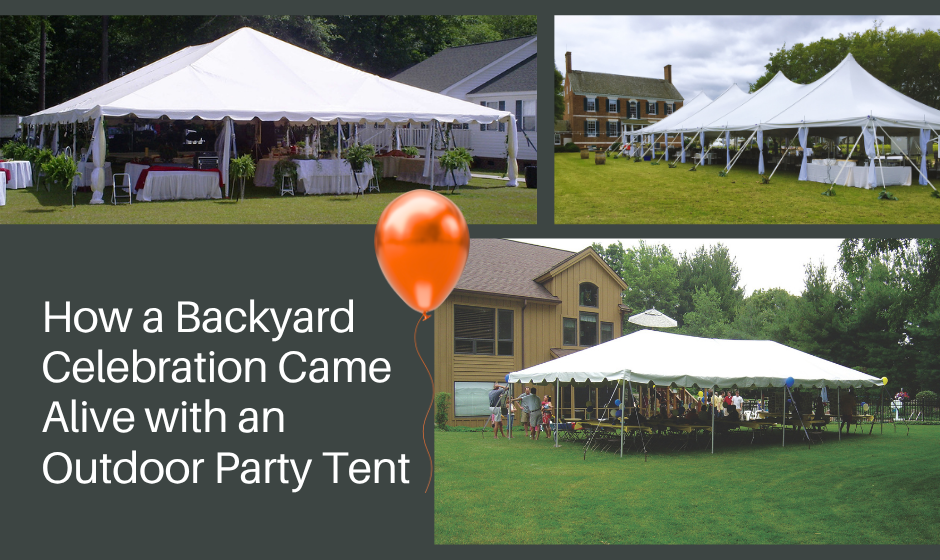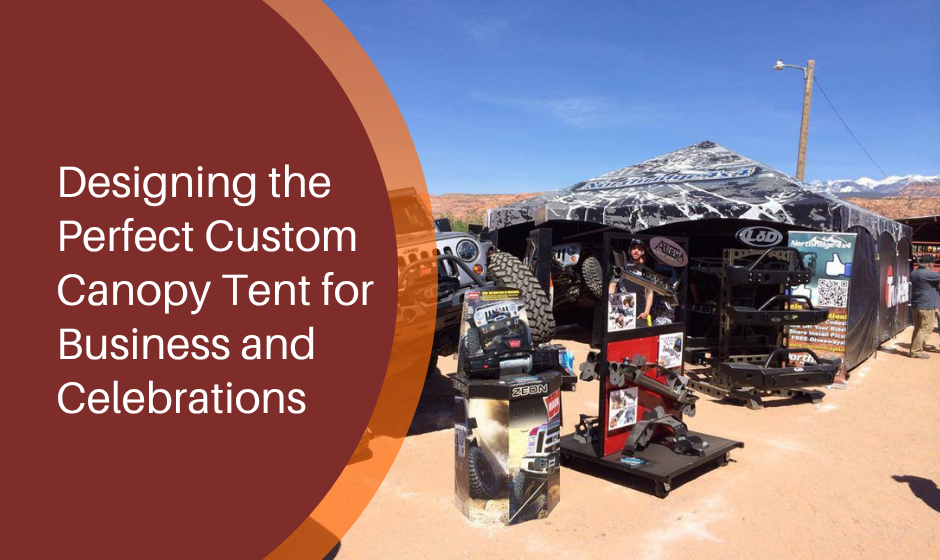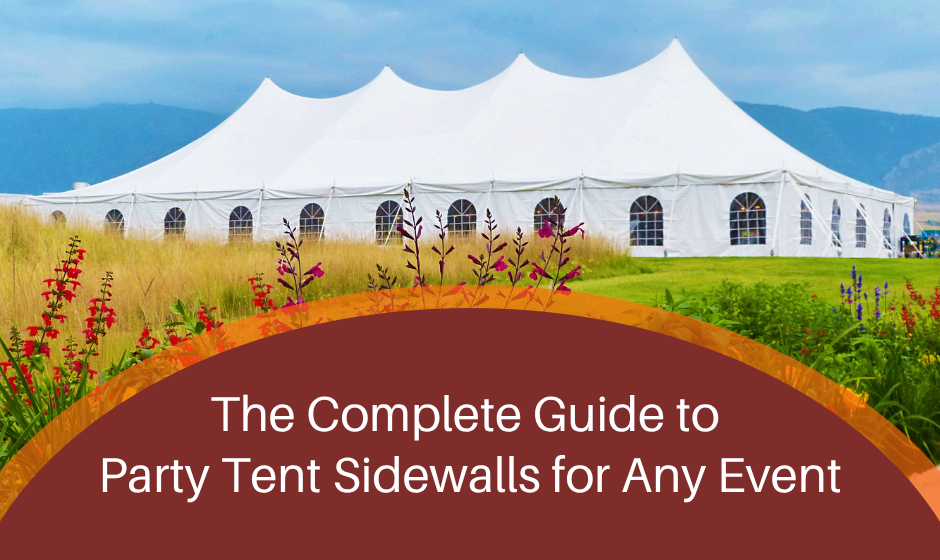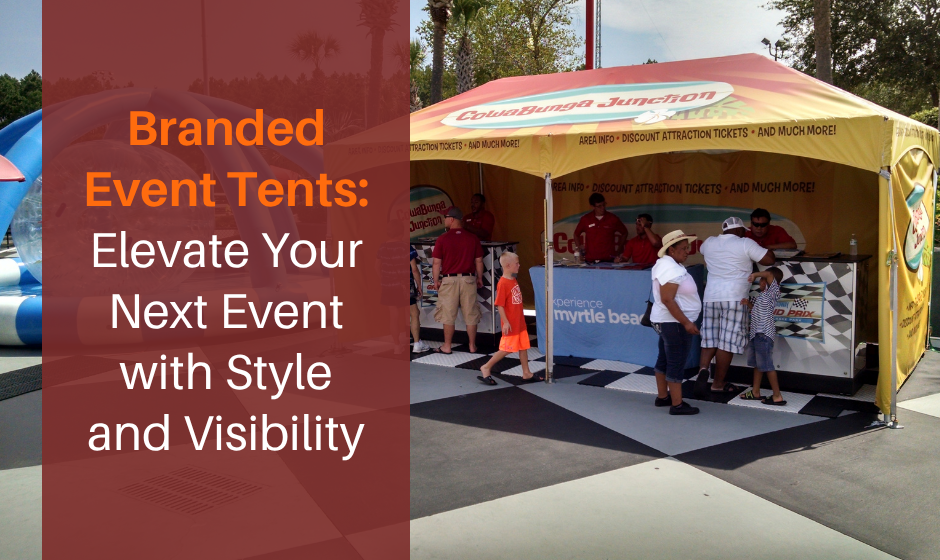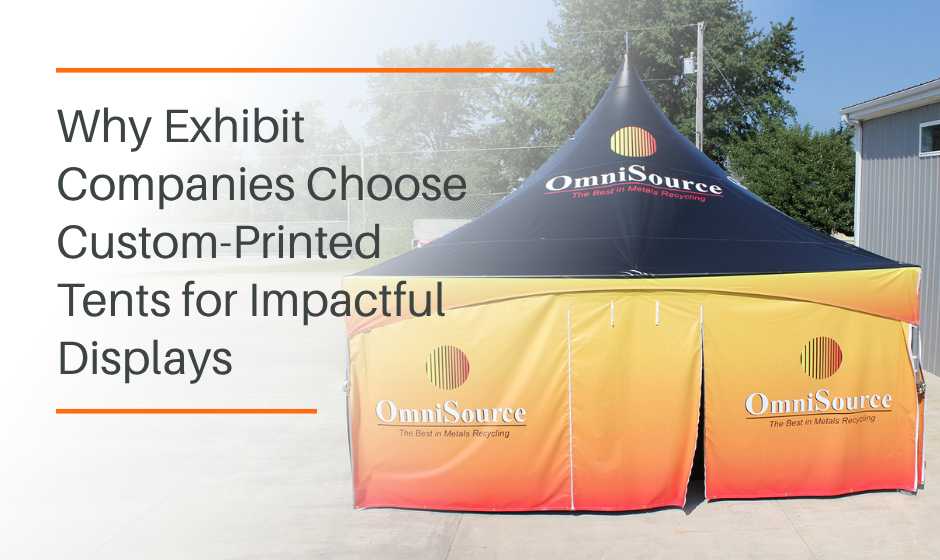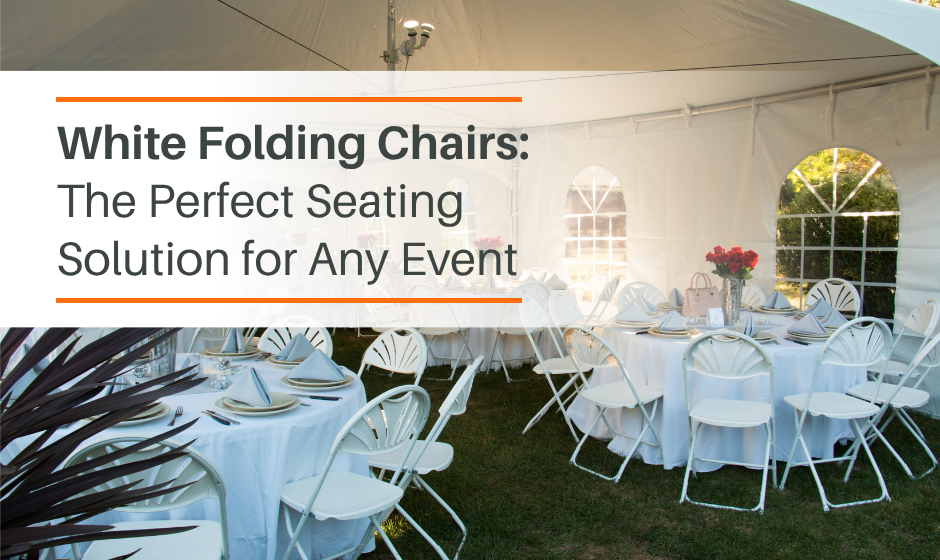What Makes a Frame Tent the Most Versatile Option for Events and Shelter?
When it comes to reliable, all-purpose outdoor shelter, few options compare to a frame tent. Whether you're hosting a wedding, setting up a booth at a market, or planning a backyard gathering, a frame tent offers a sturdy and spacious solution that’s both practical and elegant. Unlike pole tents, frame tents don’t rely on center poles, giving you uninterrupted interior space and greater flexibility in layout and décor.

What Is a Frame Tent and How Does It Work?
A frame tent gets its name from the framework of metal tubing that supports the structure. The tent’s fabric top is stretched over this freestanding frame, which doesn’t require perimeter staking for structural support. This makes it suitable for a variety of surfaces including asphalt, concrete, decks, and lawns—ideal for both urban spaces and uneven terrain.
With its weight evenly distributed through the frame, a properly secured frame tent offers excellent durability and resistance to wind and rain.
Where Can You Use a Frame Tent?
The versatility of a frame tent is one of its strongest selling points. It can be installed in tight spaces, against buildings, and even with sidewalls or clear panels. Popular uses include:
- Weddings: No center poles means a wide-open space for flexible seating and décor.
- Commercial Events: Vendors love the clean, professional look and layout flexibility.
- Backyard Parties: Quick setup and takedown make it great for home use.
- Emergency Shelters: Ideal for disaster relief, temporary housing, or medical triage.
- Drive-Thru Stations: Common for medical testing, vaccinations, and food distribution.
Frame Tents vs. Pole Tents: What’s the Difference?
Choosing between a frame tent and a pole tent depends on your event needs. Here's how they compare:
| Feature | Frame Tent | Pole Tent |
|---|---|---|
| Structure | Freestanding frame | Requires center and side poles |
| Interior Layout | Open floorplan, no center poles | Poles may obstruct layout |
| Surface Compatibility | Grass, concrete, asphalt | Mostly grass (requires full staking) |
| Setup Time | Longer, more components | Faster setup |
| Wind Resistance | High when staked or weighted | Depends heavily on staking |
Key Features That Make Frame Tents Stand Out
Frame tents are designed for durability, versatility, and visual appeal. Here's what sets them apart:
- Freestanding Design: Can be used on any flat surface—perfect for urban, commercial, or residential settings.
- Expandable Options: Modular design allows you to connect multiple tents or add sidewalls, flooring, and lighting.
- Clear Span Space: No internal poles means more usable space for guests, displays, or dance floors.
- Durability: Made with anodized aluminum or galvanized steel frames and high-quality vinyl tops to withstand weather and sun.
- Ease of Maintenance: Removable tops allow for cleaning or replacement without discarding the entire structure.
What Sizes Do Frame Tents Come In?
Frame tents are available in a variety of sizes to suit different events:
- 10x10, 10x20: Ideal for booths or backyard events
- 20x20, 20x40: Suitable for mid-sized gatherings
- 30x60, 40x80, 40x100: Great for large weddings or trade shows
Many models are modular and can be extended in 10-foot increments for added flexibility.
How to Set Up a Frame Tent
Although frame tents take longer to set up than pop-up or pole tents, they offer better strength and versatility. Most systems use color-coded or labeled fittings and tubing for efficient assembly. A trained crew can set up a mid-sized tent in just a few hours.
For larger tents, tent jacks are recommended to help safely lift the canopy onto the frame. At Celina Enterprises, we offer specialized frame tent jacks to simplify this process.
Frame Tents for Sale: What to Look For
When shopping for a frame tent, consider these important features:
- Aluminum vs. Steel Frames: Aluminum is lightweight and rust-resistant; steel is heavier but more robust.
- High-Quality Vinyl Tops: Choose 16 oz blockout vinyl for superior sun and rain protection.
- Sturdy Connection Hardware: Look for welded fittings, heavy-duty pins, and secure bolts.
- Storage Solutions: Transport bags or cases make setup and teardown easier.
For long-term use—whether for rentals, events, or emergency setups—investing in a professional-grade frame tent ensures reliability.
Who Buys Frame Tents?
While rental companies are the primary buyers, more individuals and businesses are purchasing frame tents for repeated use. Common buyers include:
- Small businesses setting up booths or kiosks
- Restaurants expanding outdoor dining areas
- Families hosting home weddings or parties
- Churches, schools, and community groups
Owning a frame tent can be a cost-effective choice if you host multiple events per year.
Final Thoughts on Choosing a Frame Tent
A frame tent is one of the most dependable and versatile outdoor shelters available. Whether you’re planning a wedding, running a pop-up shop, or organizing community outreach, frame tents offer professional-grade performance with customizable features.
If you're ready to invest in a reliable, long-lasting tent, Celina Enterprises provides high-quality frame tents, accessories, and setup tools to help you get started.
FAQ
What makes a frame tent different from a pole tent?
Frame tents use a freestanding metal framework that supports the canopy without center poles. This creates a completely open interior, ideal for flexible layouts and unobstructed views. Pole tents, by contrast, rely on tension from center and perimeter poles anchored by stakes, which limits where they can be installed. Frame tents can be set up on grass, asphalt, concrete, or other firm surfaces, making them a more adaptable option for diverse venues.
What surfaces can a frame tent be installed on?
Frame tents are incredibly versatile and can be installed on nearly any level surface—including concrete, asphalt, grass, gravel, or decks. Because they don’t require staking for structure, they can be safely anchored using water barrels, concrete blocks, or ballasts where ground staking isn’t possible. This flexibility makes them ideal for both permanent and temporary installations in urban, commercial, or residential settings.
How long does it take to set up a frame tent?
Setup time depends on the size and crew experience. Smaller models, like a 10x20 or 20x20, can often be assembled in one to two hours by two or three people. Larger tents may take several hours and typically require tent jacks for lifting the canopy onto the frame. CELINA’s frame tents are designed with color-coded fittings and clear assembly guides to make installation as safe and efficient as possible.
Are frame tents durable in bad weather?
Yes. When properly anchored and tensioned, commercial-grade frame tents are engineered to withstand strong winds and rain. Their anodized aluminum or galvanized steel frames provide excellent stability, while heavy-duty vinyl tops offer waterproof and UV-resistant protection. For long-term or high-wind environments, always follow manufacturer staking or weighting recommendations to maintain maximum safety and performance.
Who should buy a frame tent instead of renting?
Frame tents are a smart investment for rental companies, event planners, restaurants, and organizations that host recurring events. Buying allows full control over setup schedules, maintenance, and customization—eliminating recurring rental costs. Frequent users often recover their initial investment within a few events, especially when using the tent for multiple purposes such as weddings, trade shows, or community gatherings.




